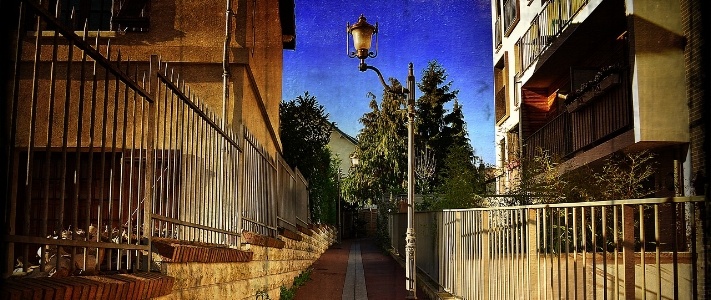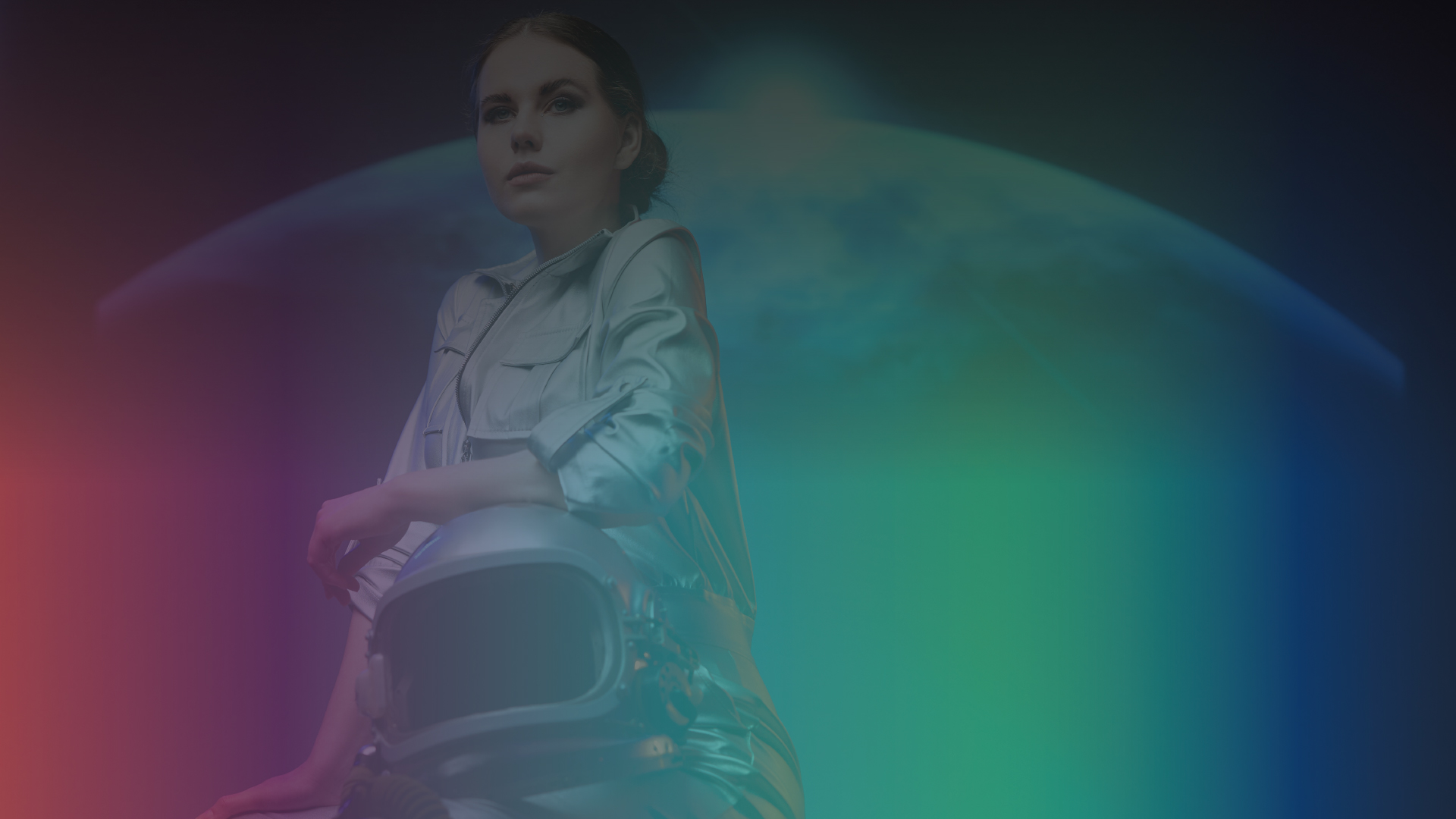
The term unpleasant design sounds a little strange, and seems like an oxymoron. How can design be unpleasant? And moreover, how can it be unpleasant on purpose? The podcast 99 Percent Invisible spoke about unpleasant design in one of their well-researched episodes, and it made us think about how the principles of unpleasant design are applied to marketing.
So what is unpleasant design, actually?
Unpleasant design, sometimes referred to as hostile architecture, is the manner something is designed to force behaviour. Take a bench in a park or train station for example, it’s hard and rigid and definitely not the most comfortable place to sit on. This is not a failed design but actually a very successful design, because the objective of the bench is to give a temporary place to sit (and, controversially, to prevent people sleeping there overnight!).
Unpleasant design exists to steer a certain behaviour in society or public areas where mass control needs to take place within a vast space. Sometimes unpleasant design is used to deter people from a certain area, and these range from spikes on pavements to prevent people from sleeping on the streets, to blue lighting in bathrooms to stop drug users from finding their veins and injecting heroine. Many other examples found here.
How do marketers use unpleasant design?
While advertising design is generally used to attract consumers, there is also a large extent to which advertising design is used to steer consumer behaviour.
Let’s start with the in-store shopping experience. Many FMCG (fast moving consumer goods) brands run promotions to get consumers to try a product. This is absolutely a form of unpleasant design as it has been angled to disturb the shopper’s shopping pattern. They need to walk passed your aisle gondola or through your stand in the middle of the court in the mall in order to get to where they want to shop. Your stand may have a pretty design on it, but it is a form of unpleasant design.
Unpleasant design is used in the online space a lot too. Page take-overs, banners and interstitials distract online users by serving them content (an advert or animation) before or after they consume the content they are expecting. There are of course pros and cons to using these types of unpleasant design and depending on the message, audience and call to action, you will be able to decide which form of unpleasant design will work best for your brand. Often times call to action buttons that pop up are also ways of getting people to do what you want them to do - sign up, click for a free download, get a discount - all of these are aimed at distracting the user into doing something we want them to do.
Listen to the full podcast here.
For more insight into design, marketing and advertising, sign up to the Penquin blog.





SUBMIT YOUR COMMENT